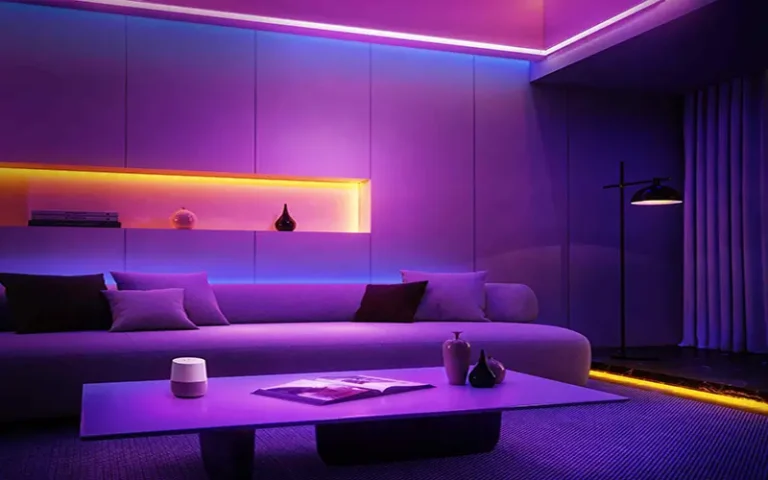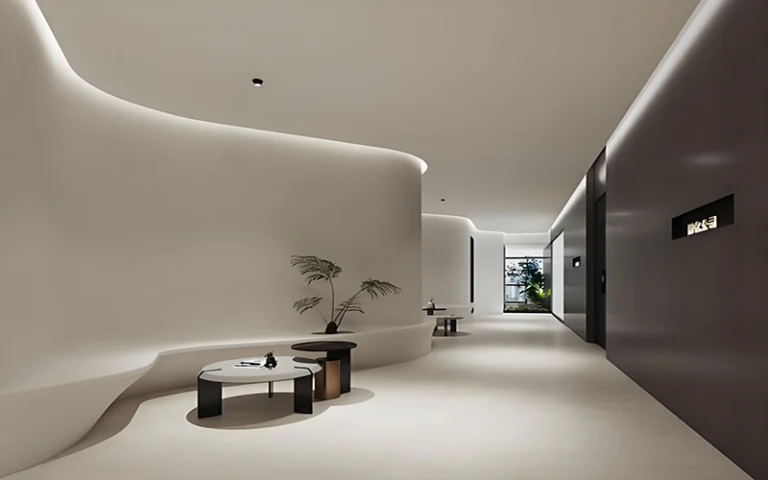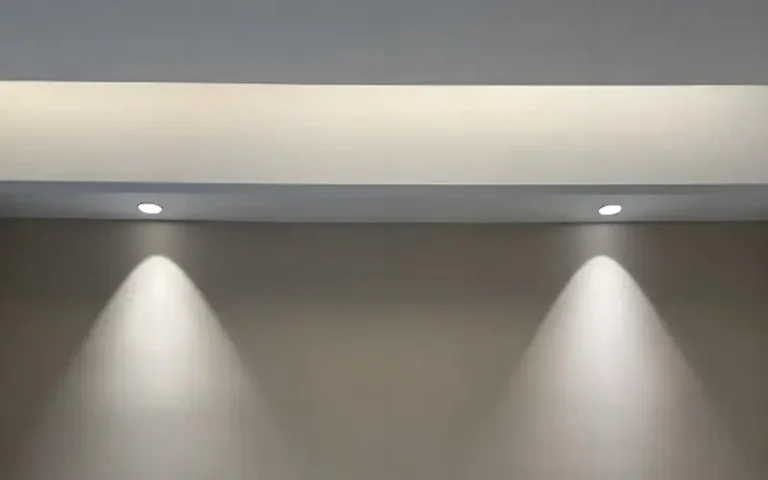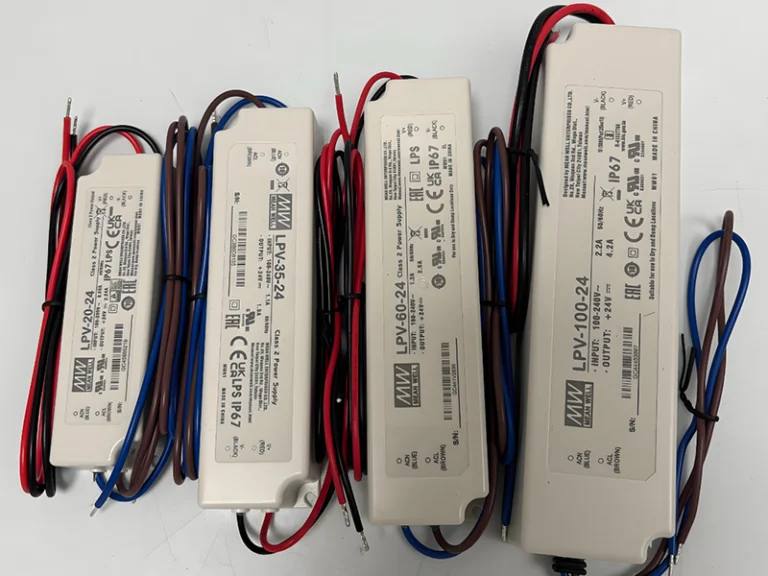Workplace Lighting – How Lighting Design Can Improve Productivity?
In the modern work environment, everyone is focused on productivity. While a variety of factors can impact employee performance, one factor we often overlook is the quality of lighting in the workplace. More information, pls read Does Lighting Design Affect Energy Consumption?
In fact, lighting design will affect employee work efficiency and productivity. And the right lighting design can significantly improve concentration, mood, and overall job satisfaction.
Why Workplace Lighting Matters for Productivity?
Natural light has an impact on everything. The effects of artificial lighting on human behavior and physiology are well documented.
Lighting was originally designed to help people see clearly and illuminate the world at night. As lighting design has evolved, people have gained new understandings and innovations about lighting. Lighting design can affect people’s moods, energy consumption, and more. Why we should note the lighting design, pls check 10 Reasons to Use Lighting Design
In fact, insufficient lighting can cause a range of problems. These include eye fatigue, headaches, and decreased cognitive function. In contrast, well-designed lighting can increase alertness, reduce errors, and enhance creativity.
Workplace Lighting for Different Spaces
Workplace refers to all office spaces. There are many different office spaces that can be simply distinguished. Different workspaces in an office environment have unique lighting requirements.
- Open Work Areas: These spaces benefit from bright, evenly distributed lighting to minimize shadows and reduce eye strain.
- Private Offices: Personal offices may require a mix of ambient and task lighting, allowing individuals to adjust lighting according to their preferences.
- Conference Rooms: Adjustable lighting is essential in meeting rooms to accommodate presentations, discussions, and collaborative work. Dimmable lights can be beneficial here.
- Break Rooms: Soft, warmer lighting in break areas can help employees unwind and recharge, promoting a sense of relaxation away from the main workspaces.
Adjusting lighting to specific areas ensures that employees have the right lighting conditions to match the task, which can put employees in a better position to relax and rest at ease.
How Different Types of Lighting Affect Employee Performance?
Let’s now analyze how different workplace lighting designs affect employee efficiency and productivity.
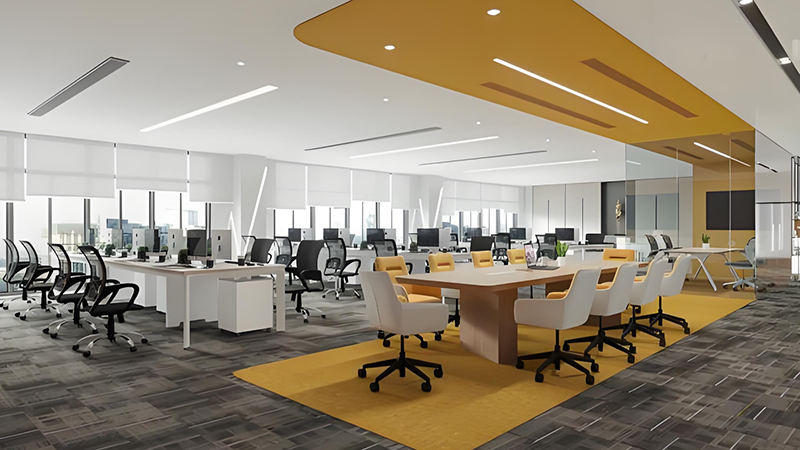
- Natural Light: As we all know, exposure to natural light can improve mood, reduce stress, and increase productivity. And natural light can also help regulate the body’s natural circadian rhythm, supporting better sleep patterns and overall health.
- LED Lighting: LED lights are energy efficient, durable, and available in a variety of color temperatures. They are now a top choice in the workplace, providing bright, consistent light that reduces eye strain.
- Fluorescent Lighting: Fluorescent lighting was common in older offices. While functional, it causes flickering and gives off a cooler, harsher light. It is rarely used in offices today because it causes discomfort to the eyes.
- Task Lighting: We need to add some lighting to any space. Desk lamps or adjustable lighting allow employees to focus on specific tasks without straining their eyes, especially when working on detailed or computer-based tasks.
Choosing the right type of lighting for different areas of your office can improve employee comfort, reduce energy consumption, and create a more pleasant working environment.
How Does Natural Light Affect Workplace Lighting Productivity?
Natural light is one of the most beneficial types of lighting in the workplace, so it’s important to remember that it’s important.
Studies consistently show that employees who have more exposure to natural light are happier, more alert, and perform better overall. Exposure to windows and daylight can improve mental health and mood, reduce stress, and improve focus. Natural light also helps regulate the body’s circadian rhythm, promoting better sleep and overall health.
To maximize the effects of natural light, companies should place workstations near windows. Additionally, they should consider open office layouts to allow sunlight to reach as many areas as possible.
For buildings with limited natural light, LED lights that can simulate daylight offer a solution to help create a similar effect. As a result, even in windowless spaces, productivity can be improved.
Conclusion
In conclusion, working lighting is achieved through careful and thoughtful lighting design. A reasonable and comfortable lighting environment will improve employee productivity, therefore enabling the company to create a more efficient and enjoyable workspace.
ESSENLED is committed to providing high-quality LED strip solutions to help you create the perfect lighting environment for your business. With our wide range of products and customization options, we can help you achieve your lighting goals.


